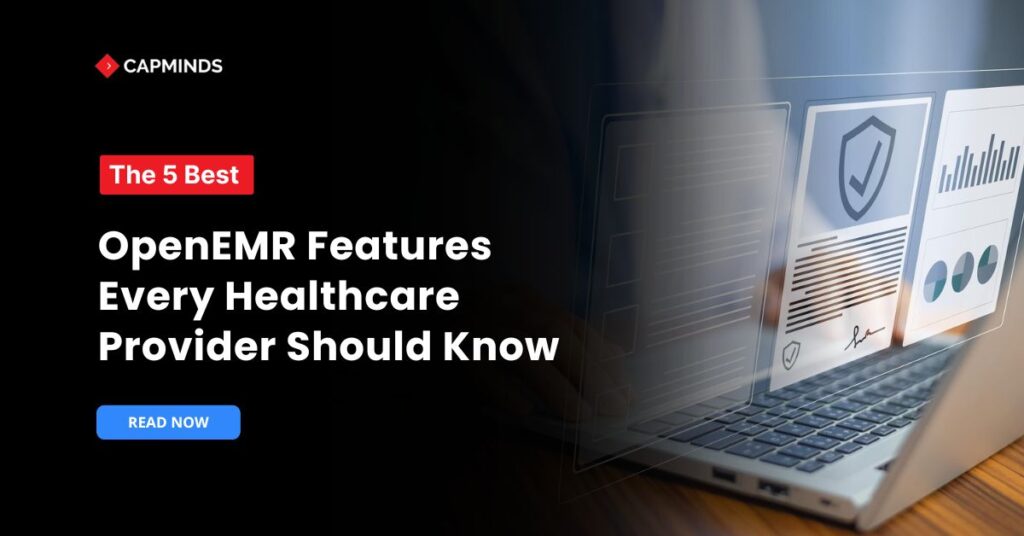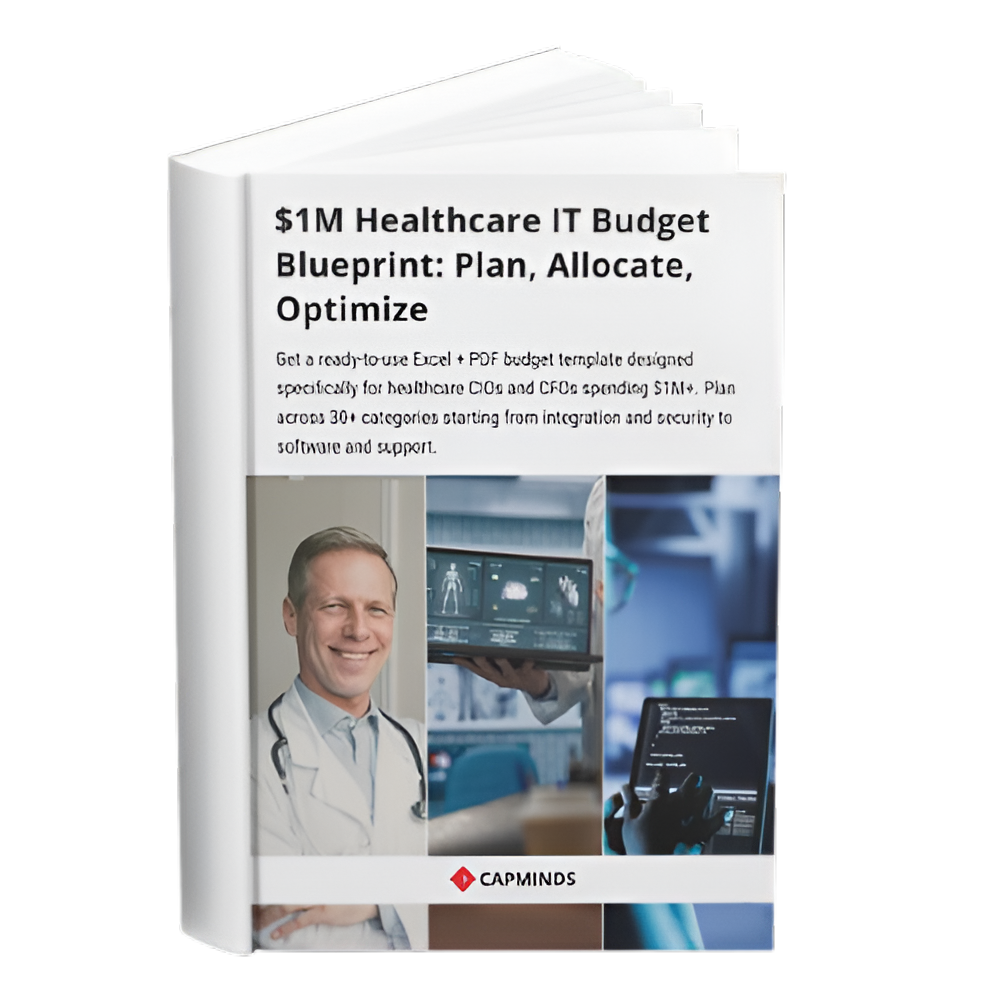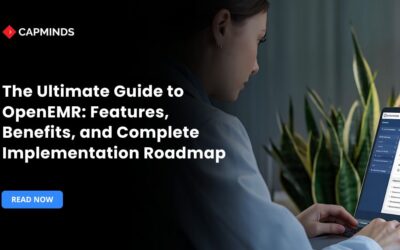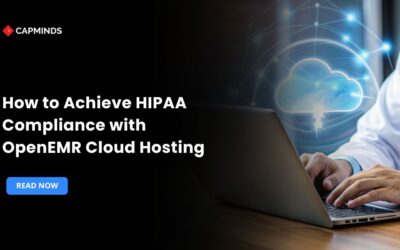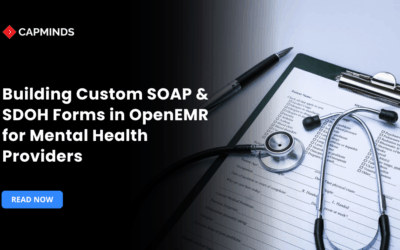The 5 Best OpenEMR Features Every Healthcare Provider Should Know
Managing patient information is the foundation of modern healthcare. That’s why OpenEMR customization has become vital for practices aiming to enhance productivity, accuracy, and compliance. OpenEMR, a free open-source EHR and practice management software that is ONC Certified, is trusted globally by providers for its robust, flexible, and secure system.
This blog highlights the best five of OpenEMR’s best features that every healthcare provider should know. From comprehensive EHR management to integrated billing, these features help streamline clinical workflows, improve patient care, and optimize practice operations.
What is OpenEMR?
Syntech developed OpenEMR, an open-source electronic medical records system, in 2001. Initially known as MP pro, it was later renamed OpenEMR.
Because of its open-source nature and complete capabilities, it sparked a massive shift in the healthcare business when it was released. It is completely ONC-approved as a comprehensive EHR and is compatible with Windows, Linux, Mac OS X, and other systems.
The platform’s ability to meet global regulatory standards adds to its appeal. Open-source EHR solutions like OpenEMR empower hospitals to streamline day-to-day operations through centralized patient records, lab integration, scheduling, billing, and more.
- Centralize Patient Records
- Schedule Appointments
- Manage Billing
- Lab Integration
- Prescription Management
- Report Generation and more.
OpenEMR provides a variety of advantages to multi-department and multi-specialty hospitals, including:
- OpenEMR’s open-source nature reduces software costs.
- Providing significant versatility and customization to fulfill particular requirements.
- Integrates seamlessly across multiple platforms.
- Enabling effective data sharing among departments such as laboratories and imaging facilities.
- Allowing hospitals to tailor their features to specific departmental needs.
- Providing access to a robust developer and user community that is always eager to assist and contribute to OpenEMR’s future growth.
Top 5 Features of OpenEMR
1. Comprehensive Electronic Health Records Management
OpenEMR provides a comprehensive EHR management module that covers every aspect of patient care documentation. Clinicians can record detailed:
- Patient demographics
- Medical histories
- Problems
- Clinical encounters are all in one place.
The system supports industry interoperability standards like CCDA and FHIR, which allow providers to exchange health data with other systems and healthcare organizations. This means continuity of care is maintained even if patients move between facilities.
The platform even offers specialty-specific features such as an ophthalmology/optometry module for eye care documentation. All records are stored digitally, with support for scanning and attaching documents, lab results, and imaging. By consolidating patient information in a single, accessible chart, OpenEMR ensures providers have a 360° view of the patient’s health.
This comprehensive EHR capability not only improves clinical decision-making but also helps practices meet regulatory requirements for electronic records management.
2. Advanced Scheduling and Appointment Management
Efficient appointment management is another strong feature of OpenEMR. The system offers an advanced scheduling calendar that is both compact and flexible.
Clinics can manage multiple providers and locations seamlessly, as OpenEMR supports scheduling across multiple facilities (ideal for group practices or organizations with several sites).
The calendar is highly customizable, appointments can be:
- Color-coded by type or provider
- Categorized
- Even set to recur for follow-up visits.
Finding open slots is straightforward with search functionality for the next available appointment. To reduce no-shows, OpenEMR includes automated appointment reminders via email and SMS to patients.
Related: How to Integrate Google Calendar with OpenEMR (Step-by-Step Guide)
3. Integrated e-prescribing and Medication Management
OpenEMR streamlines the prescription process with its integrated e-prescribing and medication management features. Providers can enter prescriptions directly into the system during a patient encounter and transmit them electronically to the patient’s pharmacy of choice.
This e-prescribing (eRx) capability eliminates the need for handwritten or phoned-in prescriptions, reducing errors and saving time. OpenEMR supports connectivity with e-prescribing networks (like Weno eRx) to send orders to pharmacies securely.
In addition to eRx, the software maintains a comprehensive list of patient medications and allergies for ongoing medication management.
Doctors can review current and past prescriptions at a glance, which is invaluable for avoiding duplicate therapies or dangerous drug interactions. The system also includes an online drug search tool and can generate prescriptions as printed scripts or faxes if needed.
Related: How to Install and Setup the New Weno Module in OpenEMR
4. Robust Billing and Revenue Cycle Management
One of the most critical practice management features in OpenEMR is its robust billing and revenue cycle management system. OpenEMR handles medical billing from start to finish, helping practices get reimbursed promptly. It supports a wide range of coding systems – including
- CPT Codes
- HCPCS
- ICD-10, and
- Even SNOMED CT – ensures that providers can use the correct codes for clinical services and diagnoses.
The billing module is compliant with current industry standards: for example, it supports the HIPAA ANSI X12 5010 format for electronic claims and the UB-04 format for institutional billing. Clinics can generate electronic insurance claims and send them directly to clearinghouses (such as Office Ally) through OpenEMR, or print out paper claim forms if needed.
The software provides a comprehensive claims management interface to
- Track claims status
- Claim rejections
- Approvals.
It can even perform insurance eligibility checks and manage pre-authorization information, which helps verify coverage before services are rendered.
On the back end of the revenue cycle, OpenEMR includes tools for payment posting and reconciliation – there are interfaces for entering explanations of benefits and support for electronic remittance advice automated posting.
Accounts receivable dashboards and financial reports are also available to monitor income and outstanding balances. By integrating billing tightly with the EHR, OpenEMR minimizes duplicate data entry and billing errors. Healthcare providers benefit from a smoother billing process, fewer denied claims, and improved cash flow, all within the same platform that they use for clinical documentation.
Related: 10 Ways OpenEMR Billing Tools Help to Streamline Healthcare Practice Cash Flow
5. Clinical Decision Support and Reporting
Healthcare software must assist providers in making informed decisions and tracking performance. OpenEMR rises to this challenge with its clinical decision support and reporting capabilities. The system includes a configurable Clinical Decision Rules engine that acts as a decision support tool.
It can provide real-time alerts and reminders based on patient data – for example, reminding a physician to order a screening test or follow up on a chronic condition.
OpenEMR’s CDR framework comes with pre-built rules for common preventive care and disease management, and it allows both physician and patient reminders to be generated automatically.
It also computes clinical quality measures in the background, meaning providers can easily track outcomes like blood pressure control rates or vaccination percentages for their patient population.
These decision support features are fully customizable, so clinics can tailor the rules to their specific guidelines and workflows. By helping to “navigate complex patient algorithms” and providing timely prompts, OpenEMR ensures clinicians don’t overlook important care steps, thereby ensuring the highest quality of care for patients.
Related: How to Optimize Clinical Decision Support with OpenEMR’s AI-Powered Alerts & Reminders
CapMinds’ OpenEMR Customization and Integration Service
CapMinds helps clinicians maximize efficiency through EMR Integration Services that connect every aspect of care delivery—from scheduling to billing—within a unified, compliant framework.
With AI-powered features, our solutions enhance patient safety by integrating real-time drug interaction alerts, reducing the risks of medication errors, and improving clinical decision-making.
By combining intelligent patient record management with automated reminders and AI-driven alerts, OpenEMR helps providers make faster, data-backed decisions, leading to improved patient outcomes and quality of care.
At CapMinds, our OpenEMR custom solutions are meticulously developed to match your practice’s unique needs with cutting-edge AI capabilities. Our services ensure:
- Cost-effective, long-term budget-friendly solutions tailored to your practice’s growth.
- Secure data management & full compliance with HIPAA and industry regulations.
- AI-enhanced features for drug interaction alerts, predictive analytics, and automated workflows.
- Custom integrations for billing, reports, e-prescriptions, cloud storage, and clearinghouse support.
Get a modernized, AI-driven, and fully compliant OpenEMR system from CapMinds, ensuring patient safety, efficiency, and innovation in your healthcare practice.
“Partner with CapMinds for the most advanced, secure, and AI-powered OpenEMR solutions tailored for your success.”
